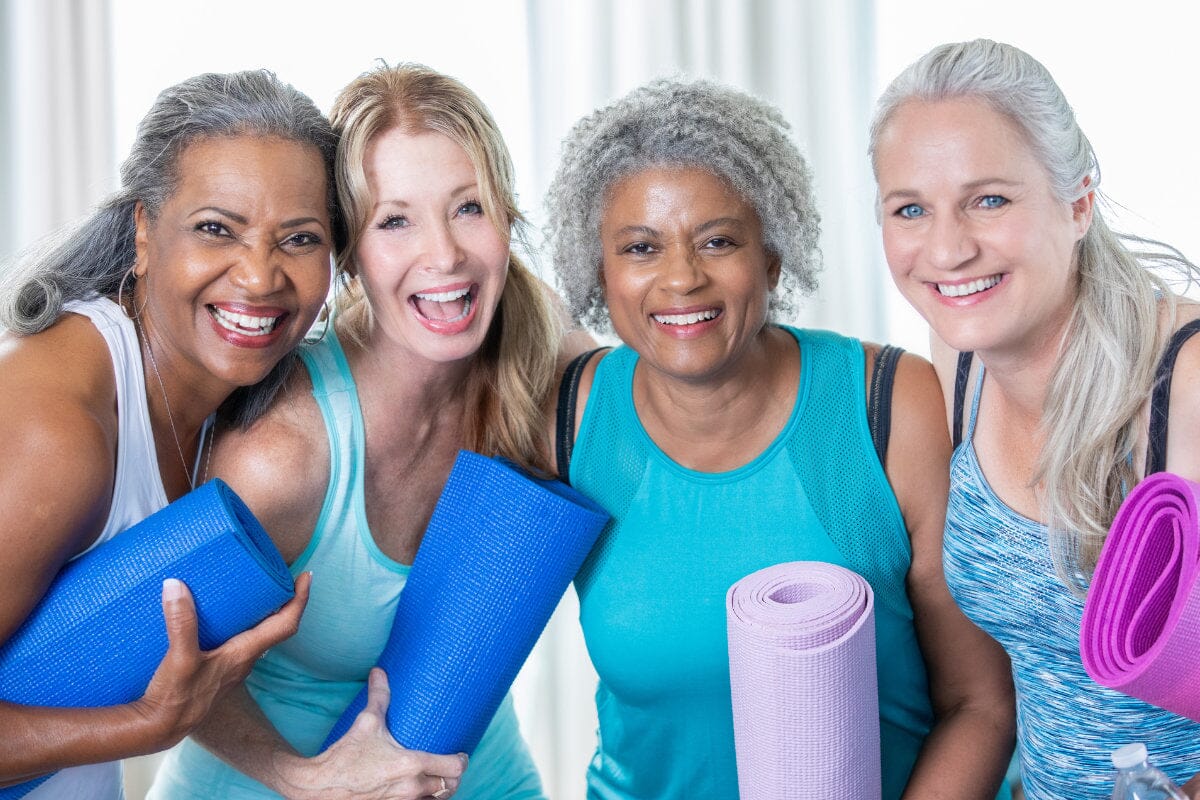Your Cart is Empty
FREE SHIPPING OVER $45 & RETURNLESS REFUNDS

As someone who has battled joint and muscle discomfort for a significant part of my life, I understand the struggle. It's a silent foe that often lurks in the shadows, making even the simplest of tasks seem like daunting challenges. But hey, we're survivors, right? And I've stumbled upon something that I believe can truly make a difference in our lives – yoga.
Now, before you dismiss this idea as just another trendy fad, let me share my personal journey with you. Trust me, I'm not the type to jump on every bandwagon that comes along, but when I found relief through yoga, I knew I had to spread the word.
You see, yoga isn't just about pretzel-like poses or contorting your body in unnatural ways. It's a holistic practice that combines gentle movements, mindful breathing, and meditation. And let me tell you, it can work wonders for joint and muscle discomfort, particularly for conditions like fibromyalgia.
Fibromyalgia has a way of making life rather uncomfortable. The tender points, fatigue, and overall stiffness can leave us feeling like we're trapped in our own bodies.
But here's the beauty of yoga – it's adaptable. You don't need to be a seasoned yogi to benefit from it. Start small, take it at your own pace, and feel the difference.
The gentle stretches and movements in yoga can help improve circulation, reduce inflammation, and alleviate muscle tension – all things we desperately need, right?
Ready to give it a try?
1. Child's Pose:
Kneel on the floor, sitting back on your heels. Extend your arms forward and lower your chest toward the ground, resting your forehead on the mat or a cushion. This pose gently stretches your lower back and hips.
2. Cat-Cow Stretch:
Start on your hands and knees in a tabletop position. Inhale, arch your back, and lift your tailbone for the "cow" pose. Exhale, round your back, tuck your chin to your chest, and lift your spine for the "cat" pose. This movement helps to improve flexibility and ease tension along the spine.
3. Downward Facing Dog:
From the tabletop position, lift your hips and straighten your legs, forming an upside-down "V" shape. Press your palms into the ground and relax your head between your arms. This pose stretches the hamstrings, calves, and shoulders.
4. Legs Up the Wall:
Lie on your back with your legs extended up the wall. Rest your arms by your sides. This pose promotes relaxation, improves circulation, and can help reduce swelling in the legs.
Remember, this isn't about becoming a contortionist overnight. It's about finding a practice that suits your body and your comfort level. Gradually, as you get into the rhythm, you'll start noticing a difference. And who knows, you might just find that the discomfort we've both battled for so long begins to ease up.
I encourage you to give it a shot this National Yoga Month. Let's embark on this journey together, seeking relief and finding solace in the gentle embrace of yoga. We've faced challenges before, and this is just another step towards living our best lives, despite the odds.
**Remember to consult with a healthcare professional before starting any new exercise program, especially if you have pre-existing health conditions.
Do you have any beginner-friendly tips for yoga? Share with us on Facebook, Twitter, or Instagram!
Let me know what topics you're interested in, and I'll do my best to include them in future blogs! Email me at info@toneshealth.com